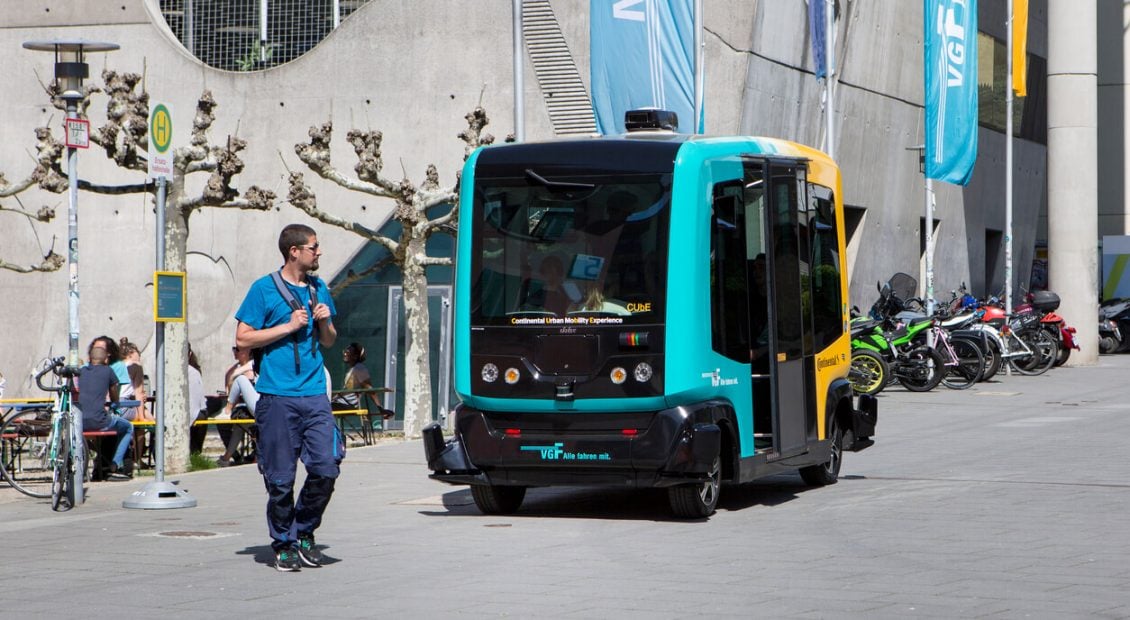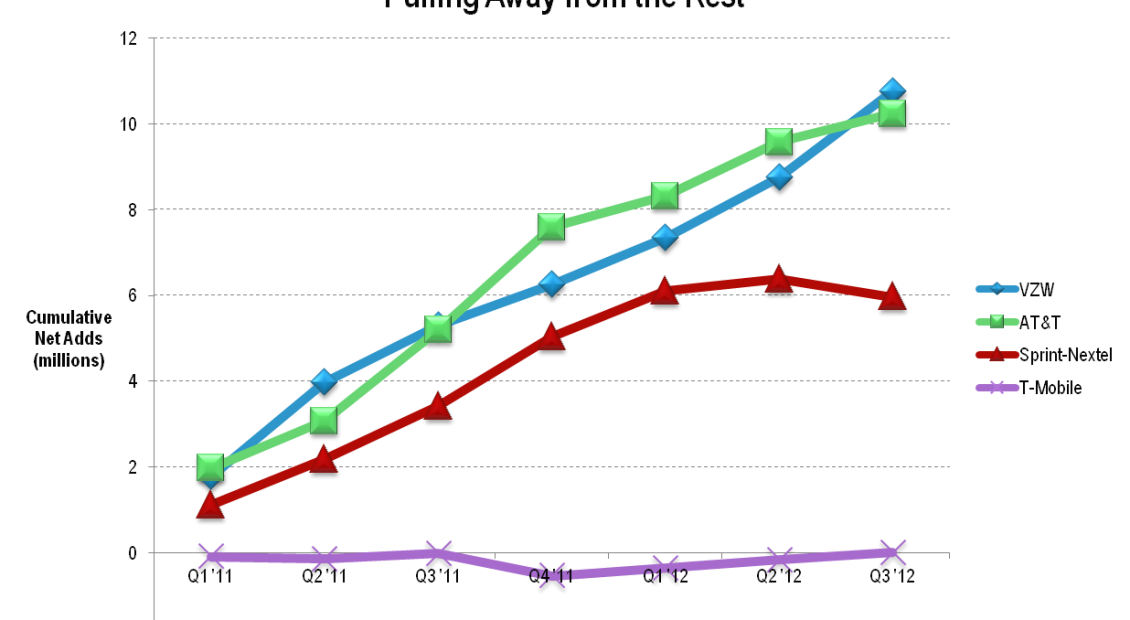
How telcos can provide a tonic for transport
As public transport systems try to recover from the pandemic, 5G could help them to become more versatile, cost-effective and appealing. By providing reliable and flexible connectivity to transport operators and their customers, telcos could create considerable value for both individuals and society.




